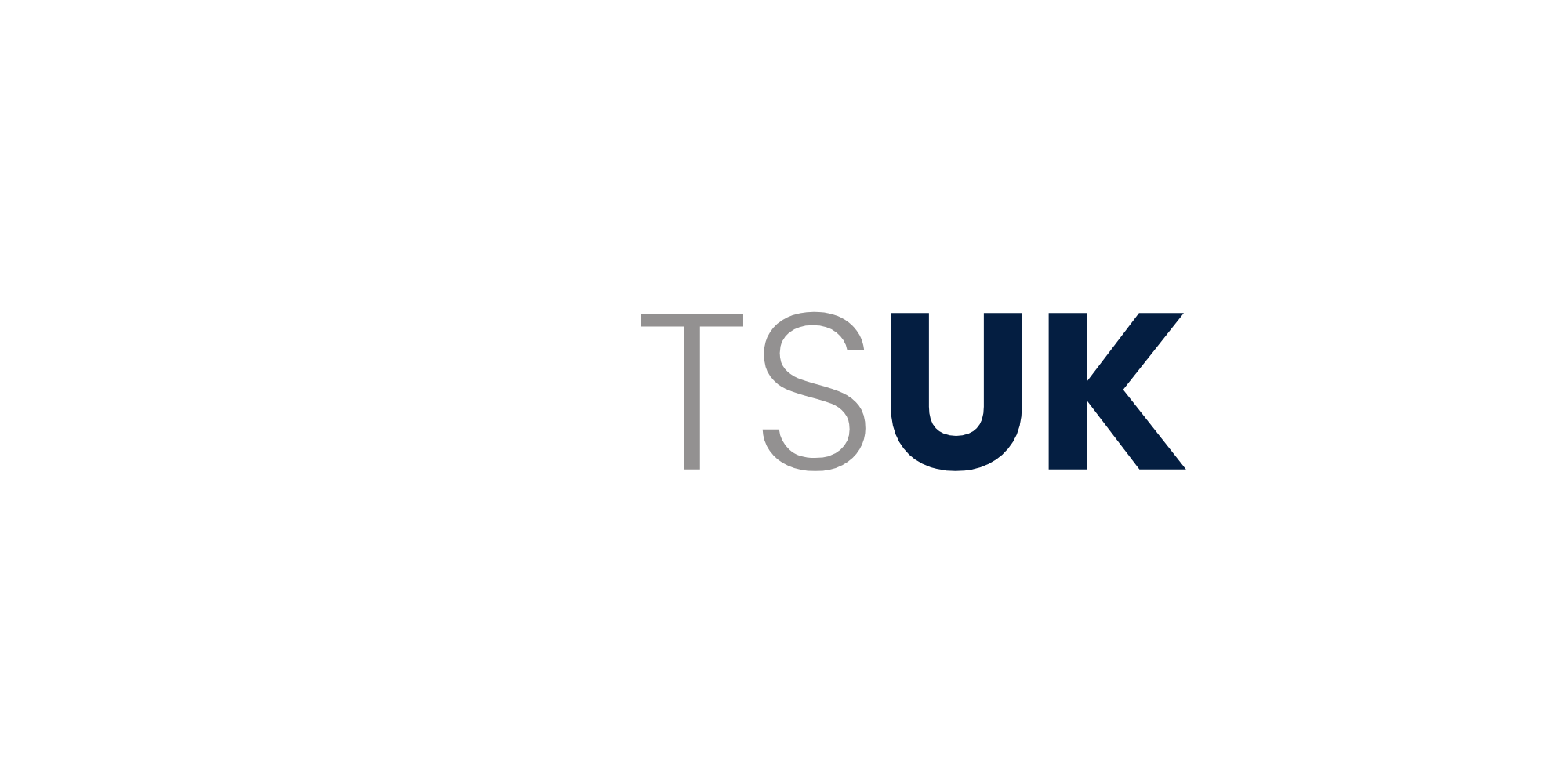Electronic Article Surveillance (EAS) Tagging: Shielding Retail Profits and Enhancing Customer Experience
In the ever-evolving retail landscape, safeguarding merchandise against theft remains a critical aspect of business success. Electronic Article Surveillance (EAS) tagging has emerged as a powerful tool to combat shoplifting, protect inventory, and ultimately, preserve profits. This innovative technology has become an indispensable asset for retailers of all sizes, enabling them to maintain a secure and customer-friendly shopping environment.
The Science Behind EAS Tagging
EAS tagging utilises magnetic resonance technology to detect and deter shoplifting. EAS tags, small magnetic devices attached to merchandise, emit a signal that is detected by EAS antennas positioned at store entrances. When an unpurchased item with an active tag passes through the antennas, an alarm is triggered, alerting store staff to potential theft.
Benefits of EAS Tagging for Retailers
The implementation of EAS tagging offers a multitude of benefits for retailers:
-
Reduced Theft and Inventory Shrink: EAS tagging serves as a potent deterrent against shoplifting, significantly reducing inventory shrinkage and associated losses. Studies have shown that EAS tagging can reduce shoplifting incidents by up to 30%.
-
Improved Profitability: By minimising theft, retailers can protect their profits and allocate resources more effectively towards business growth and customer satisfaction initiatives. According to the British Retail Consortium, shoplifting costs retailers an estimated £19.4 billion annually in the United Kingdom alone.
-
Enhanced Customer Experience: EAS tagging promotes a secure shopping environment, allowing customers to shop with peace of mind and confidence. Surveys indicate that customers feel safer and more likely to shop at stores with visible EAS signage.
-
Streamlined Inventory Management: EAS data can provide insights into product movement and inventory levels, facilitating effective inventory management and replenishment strategies. EAS systems can track product movement throughout the store, helping retailers identify potential theft hotspots and optimise inventory placement.
-
Reduced Labour Costs: EAS tagging can reduce the need for manual inventory checks and loss prevention personnel, optimising labour costs and enhancing operational efficiency. EAS systems can automate inventory tracking tasks, freeing up staff to focus on other customer service and operational duties.
Real-World Success Stories
Numerous retailers worldwide have successfully implemented EAS tagging, reaping significant benefits in terms of theft prevention and overall profitability. A notable example is Tesco, a leading supermarket chain in the United Kingdom, which has adopted EAS tagging across its vast network of stores. Tesco's use of EAS has contributed to substantial reductions in shoplifting incidents, saving the company millions of pounds annually.
The Future of EAS Tagging
EAS tagging technology continues to evolve, with advancements in tag design, antenna sensitivity, and data analytics capabilities. As the technology matures, retailers can expect even more effective and integrated EAS solutions to emerge, further enhancing security and operational efficiency. Emerging trends in EAS tagging include the use of artificial intelligence (AI) to analyse EAS data and identify suspicious behaviour patterns, as well as the development of smart tags that can provide additional product information and track product movement throughout the supply chain.


Comments